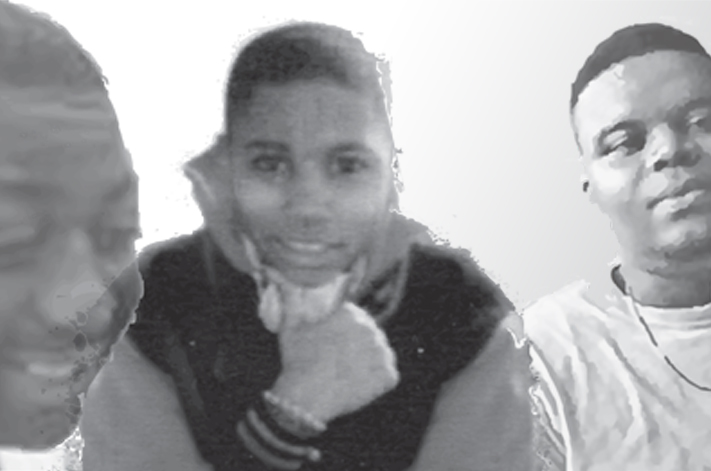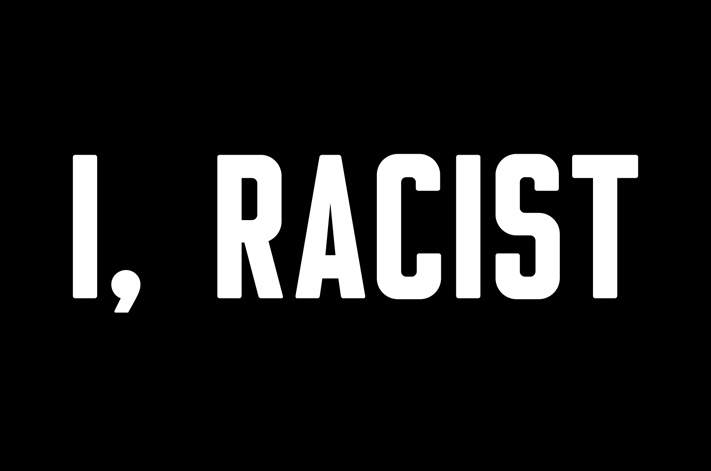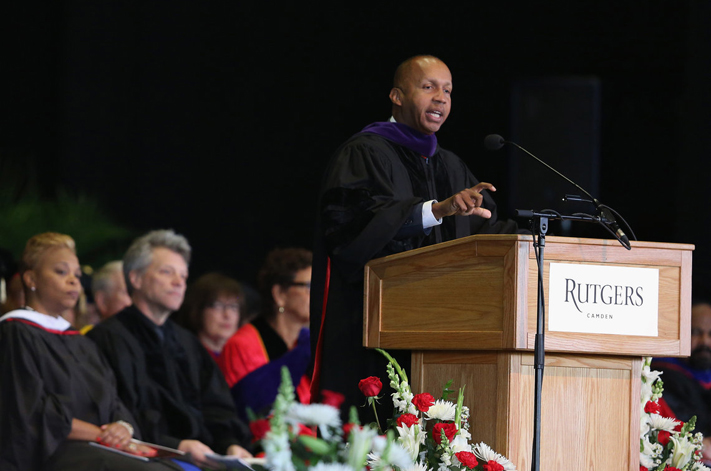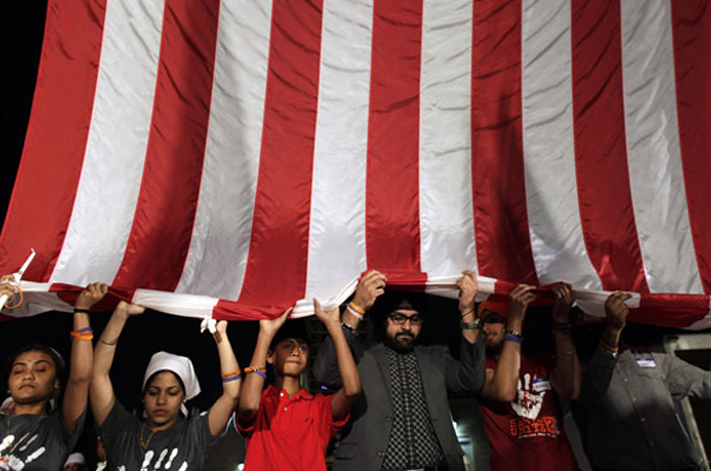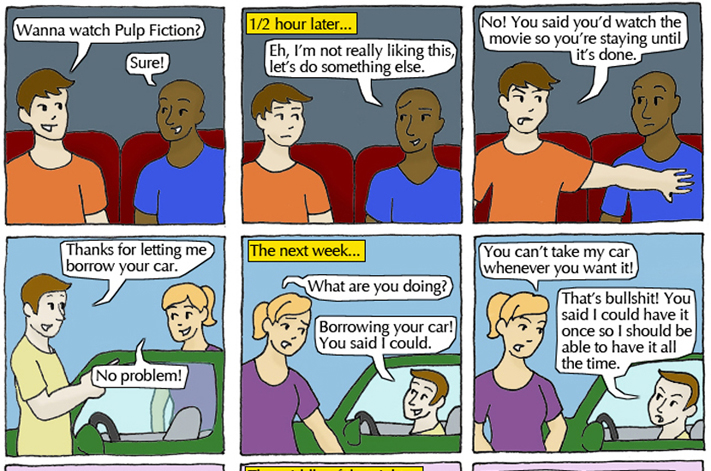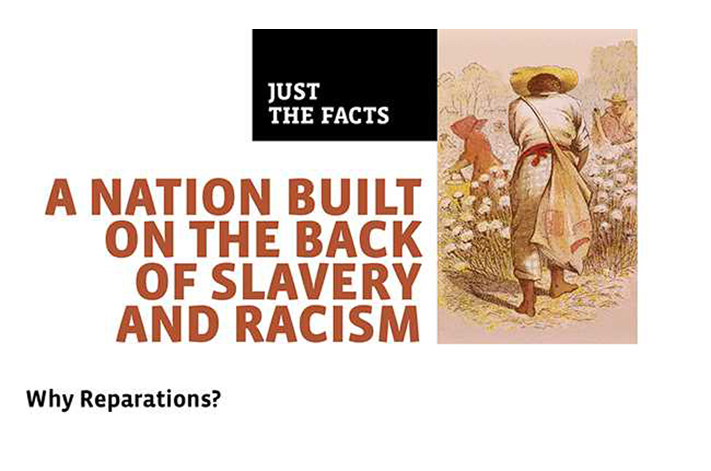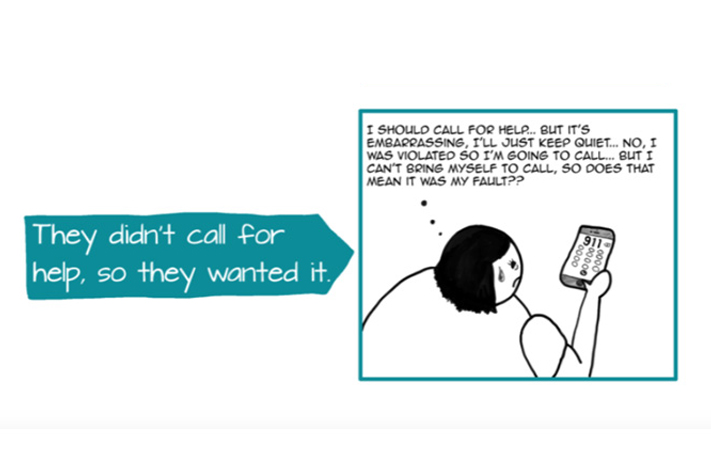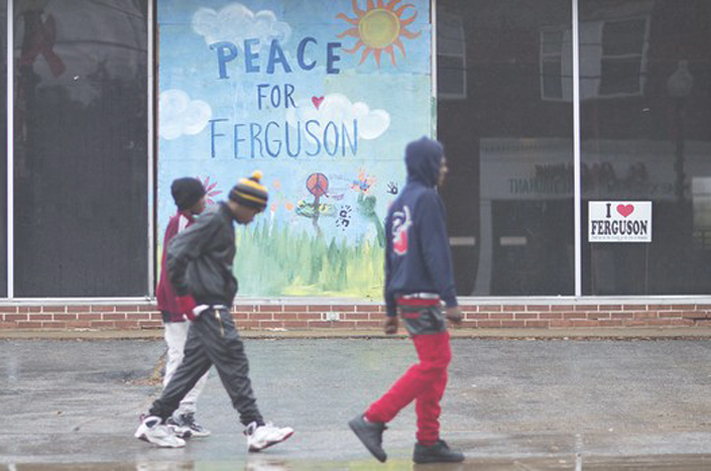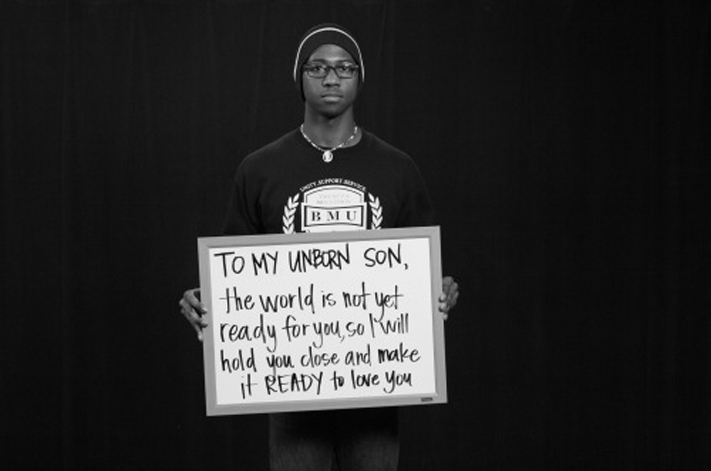Project Description
School Spirit or Gang Signs? 'Zero Tolerance' Comes Under Fire
On Monday morning, Bruce was summoned out of first-period English by assistant principal Todd Nichols, who showed him the photo. “You’re suspended because you’re holding up gang signs in this picture,” said Nichols, according to Bruce.
Bruce explained that he was simply representing the number on his football jersey, “3,” and that all the kids did it in football practice. He also said he had no idea the gesture was known to signal affiliation with the Vice Lords, a Chicago-based gang with a strong presence in Memphis, Tenn., 20 miles north of Olive Branch.
“I was trying to tell my side, and it was like they didn’t even care,” said Bruce. When his mother, Janet Hightower, received a call from the school, she was shocked at the news. Her son had never been in trouble like that before, she said, and he made As and Bs.
“He’s a good child,” Hightower said. “I know what he does 24 hours a day. If he leaves home and goes two houses down, he’s gonna text me and let me know.”
When Hightower arrived at the school, she was shown the picture, and that same day, February 3, Bruce was sent home. On February 6, Bruce appeared before a disciplinary hearing officer who decided his fate: “Indefinite suspension with a recommendation of expulsion.”

Courtesy Of Janet Hightower – In this photo taken by his mother, Dontadrian Bruce recreates the hand signal that he made in a photo taken by a teacher and which led to his suspension from school. (John Makely / NBC News).
Bruce’s punishment is a particularly vivid example of what can result when fear of gang activity in schools collides with the contentious policy known as “zero tolerance”—a term describing school rules that favor suspensions and expulsions, even in the case of minor infractions.
Zero tolerance stems from the Gun Free Schools Act of 1994, which mandated that schools expel students found with firearms or face losing federal funding. The law was originally passed to respond to an increase in gun violence in schools. With the help of this policy, the number of high school students suspended or expelled during a school year has increased by around 40 percent in the past four decades. Ninety-five percent of suspensions are for nonviolent misbehavior, according to federal government figures.
Zero tolerance’s effectiveness has been hotly debated. Defenders say it’s the best way to ensure safety and maintain an environment free of distractions; critics deride it as “zero intelligence,” claiming that it’s counterproductive and breeds racial profiling. Some states, like Maryland, have been re-evaluating their disciplinary policies to address these criticisms. In January, U.S. Secretary of Education Arne Duncan urged educators to rethink zero tolerance policies, advocating “locally-tailored approaches” instead of knee-jerk punishment. Exclusionary discipline is “applied disproportionately to children of color,” Duncan said. “Educationally, and morally, that status quo is simply unacceptable.”
Duncan has numbers to back up his claim. The federal government found that of 3 million children suspended or expelled during the 2010-11 school year, the overwhelming majority — 7 out of 10 — were black, Latino or kids with disabilities.
This echoes independent studies, like a 2013 report by the University of California at Los Angeles Civil Rights Project, which found that one in four African-American students in secondary schools was suspended at least once in the 2009-10 academic year, compared to one in 16 white students.
“When the evidence is there at every single
Perhaps nothing illustrates this apparent bias better than accusations of gang activity, which can be notoriously hard to prove, as they rest on evaluations of clothing colors, accessories and hand signals often outlined in school gang policies.
They figured I was a gang member because of my color.
Even Mississippi’s DeSoto County, which encompasses Olive Branch High School, has been embroiled in this kind of maelstrom before—in 2009, the ACLU sued the district after school authorities searched a middle-school honor student’s cell phone and expelled him after discovering photos of “gang-related activity,” or, according to the student, selfies he took while dancing in his bathroom. The DeSoto County superintendent’s office declined comment on the specifics of both this case and Bruce’s case, saying it could not discuss students. (The district did, however, deny that Bruce had been out of school since February 3. “When you say this person has been out for this long, that’s all rumor,” said a representative at the district office on February 21.)
Deborah Fowler, deputy director of Texas Appleseed, works to break down the “school-to-prison pipeline”—the idea that exclusionary punishment, sometimes for minor incidents, can often lead students down a spiral ending in jail. “It becomes a matter of the wrong clothes or the wrong shoes or even shoelaces,” she said. “The behavior is really subjectively interpreted.”
When the evidence is so subjective—when a supposed moment of pride in a football jersey can become grounds for expulsion—it has the potential to inflame an entire community. Within a week of Bruce’s indefinite suspension, a Facebook page cropped up calling for Bruce to return to school; it eventually got more than 2,300 “likes.” Bruce’s family contacted the ACLU and the DeSoto County branch of the NAACP. In solidarity, a racially diverse group of 21 other students, including Bruce’s older brother, posed with the same “3” hand gesture and subsequently got suspended, too. Hightower was “missing work, not sleeping, not eating,” being bounced between emails, phone calls, and meetings at the school, in order to get Bruce reinstated, she said.
If you ask Bruce’s stepfather, Marcus Guy, a white student would have been doled out little more than a warning. “I was born and raised here, graduated from Olive Branch, and I’m telling you: they would have done nothing,” he said.
Bruce is a noticeably shy, soft-spoken, polite teenager, mostly giving two-word answers to questions: “No, ma’am.” “Yes ma’am.” But when asked about race, he was very explicit: “They figured I was a gang member because of my color.”
When asked whether white students and non-white students are treated differently, associate superintendent Keith Williams, who is black, said in an interview that the administration “strive[s] to be consistent and equitable in enforcing our policies…whether that be based on gender or ethnicity.”
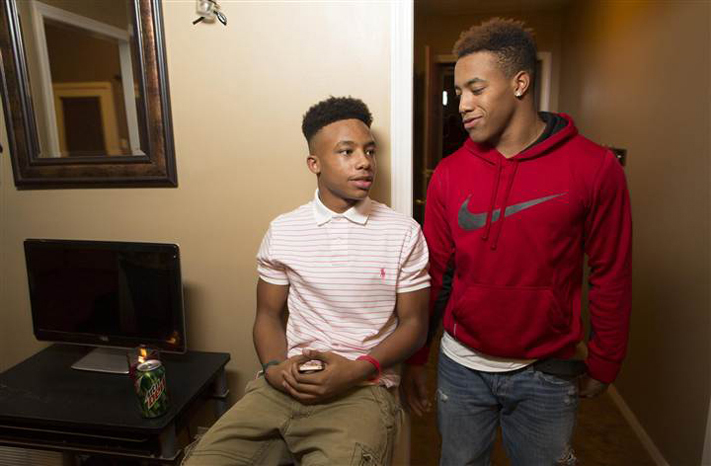
Dontadrian Bruce, 15, left, and his older brother, Dontavis Bruce, 17, who was suspended with other students after showing a hand signal in solidarity with his sibling. (John Makely / NBC News)
On DeSoto County’s district website, there is a 30-page, artfully illustrated guide outlining all the different ways a kid could be suspected of gang activity. The guide presents hand gestures, symbols, tattoos, “team colors,” and flags. Associate superintendent Van Alexander said in an interview that he “wasn’t aware of any specific zero tolerance policy”—indeed, DeSoto County never prints the actual phrase “zero tolerance”— but on the first page of the guide, it warns that these signs will be subject to “discipline…up to and including possible expulsion.”
DeSoto has taken a hard line on discipline in the past; in 2009, when the ACLU filed a civil rights lawsuit against the district, superintendent Milton Kuykendall wrote in an op-ed for The Commercial Appeal that the ACLU was “attacking the Code of Discipline in DeSoto County Schools,” that “our number one priority is safety,” and that “no gang signs, clothing, photos or behavior will be tolerated at school.”
“DCS is dedicated to treating all students fairly regardless of race,” he wrote, “but everyone must obey the rules.”
Still, one thing is clear: Neither Bruce nor his parents were aware of said rules, despite its presence online and in the parents’ handbook.
“Who sits down and reads a handbook?” said Hightower. “At the beginning of school, they should get all the kids in the gym and explain to them zero tolerance, that if you throw [certain hand signals] up, you’re out.”
But some experts don’t even think that’s fair—warnings can be slippery slopes, too. In certain school districts in Texas, said Clifford, students suspected of gang activity are made to sign “gang contracts,” documents that state they know that gangs are bad and that they’re not supposed to be involved with them.
“What’s troubling,” said Clifford, “is that these contracts are shared with the police. They carry a certain amount of weight and impact. They’re used as a first notice,” but when these contracts are issued, typically “the kid has no chance to explain their side of the story.” Meanwhile, she said, police have already placed a target on the child.
Of course, gang-related violence in some schools is a real issue, and zero tolerance is a response to that. The Spring Independent School District in the Houston area—the same district caught up in the expulsion controversy last fall— saw 72 incidents of gang-related violence involving three or more gang members from 2009 through 2012. Yet some feel that even if the students are involved with gangs, it’s still not a good idea to kick them out of school.
tagline_box backgroundcolor=”#ffffff” shadow=”yes” border=”0px” bordercolor=”#f6f6f6″ highlightposition=”top” link=”http://themeforest.net/user/ThemeFusion” linktarget=”” button=”” title=”Experts aren’t in agreement about what should replace zero tolerance..” description=””][/fusion_tagline_box]
“Why would you want that child to be expelled to the street?” said Fowler. “I would think those would be the kids we’d most want to encourage to stay in school.”
Joel Rodriguez, a community organizer with the Southwest Organizing Project and VOYCE in Chicago—which has more gang members than any other city in the country— said part of the problem is administrators who don’t bother to investigate individual cases. “With schools who have zero tolerance, it’s very rare that they get to know that young person,” he said. “They go by the book and say ‘you’re outta here.’”
In Bruce’s case, many people in Olive Branch say that a cursory glance at his record would have exonerated him before expulsion became an option. Scott Samsel, Bruce’s football coach up until January who’s known him since sixth grade, said he’d “be shocked if [Bruce] was associated with any type of gang.” Being on the football team “is a year-long proposition. We have our hands on ‘em year-round. A kid would have to be pretty crafty to be able to hide [gang affiliation] from us.” (Jeremy Toungett, Olive Branch High School’s current football coach, declined to comment.)
Fowler said a policy of “suspend first, investigate later” is “misguided, at best.” Yet the experts aren’t in agreement about what should replace zero tolerance.
Andrew Coulson, director for the Center of Educational Freedom at the Cato Institute, says that although problems exist with zero tolerance, he’s wary of the Department of Education’s new recommendation to scale back exclusionary discipline, saying the idea is “a bit utopian” and “not likely to help matters.” Citing a study by University of Rochester economics professor Joshua Kinsler, he said keeping disruptive students in school “is likely to widen the black-white achievement gap because keeping [these kids] in school is causing overall school performance to go down.” (Fowler said that recent studies show no difference in academic performance between schools with high and low expulsion rates.)
Critics of zero tolerance advocate instead for restorative justice programs that emphasize peer juries and conflict resolution. Coulson also said that private schools have better disciplinary track records because their principals have more autonomy and the school administration has a vested interest in keeping kids in school. But Rodriguez countered that, public or private, it comes down to something more simple: resources.
“When schools have more counselors and highly trained security, and highly trained teachers, it goes a long way,” he said. “Especially in low-income neighborhoods, students really need the proper support.”
And to prevent cases like Bruce’s, where a kid may not be part of a gang at all, Rodriguez said administrators need to give kids the benefit of the doubt.
“They could be straight honor roll, but they’re almost treated as guilty until proven innocent,” he said. “Just talk to them. We have to put relationships back in the school system.”
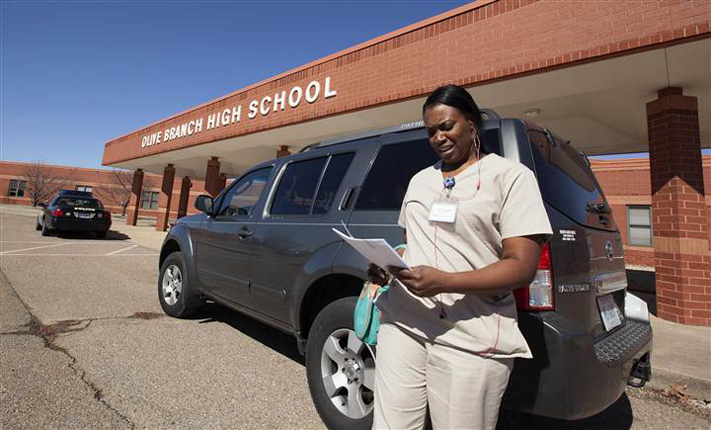
Janet Hightower walks out of Olive Branch High School on February 21 after a meeting with the administration about getting her son, Dontadrian Bruce, back into school. (John Makely / NBC News)
In the wake of several local news reports and an explosion of social media activity, Bruce ultimately was invited back to school. The administration now considers the case closed and maintains that due process was granted. But Bruce’s mother isn’t sure.
Hightower is working with an ACLU attorney on making sure the incident doesn’t impact her son’s permanent record or school performance. Bruce returned to school on Monday, February 24th—21 days from his initial suspension, according to Bruce and his family—but Hightower hasn’t yet signed the papers agreeing to a one-year probation for her son.
Meanwhile, the school says they might be re-evaluating their policies.
“We’re looking at possible revisions for the upcoming school year,” said Alexander. “But safety still has to be the number one priority. It just has to be.”
Education coverage for NBCNews.com is supported by a grant from the Bill & Melinda Gates Foundation. NBC News retains sole editorial control over the content of this coverage.
Nona Willis Aronowitz reports on education for NBCNews.com. Previously, she was a fellow at the Roosevelt Institute, a staff writer at GOOD magazine, an associate producer for National Public Radio, and a local reporter for the Chicago Tribune. She is the co-author of “Girldrive: Criss-crossing America, Redefining Feminism” and the co-founder of Tomorrow magazine. She lives in Brooklyn, N.Y.
